OK. So we need to talk about P.G.Wodehouse. In particular we need to talk about Jeeves and Wooster. I’m going to make the perfectly reasonable claim that the Jeeves novels (and short stories) represent the epitome of comic fiction. Never been bettered. Never likely to be. Oh, and please don’t try to disagree with me – it will only make me upset. And yes, I know I made almost the same assertion about Damon Runyon, (see my Book Shelves (2)) but I can quite comfortably hold two contradictory views – especially where writing is concerned, and on this I’m indisputably correct – they were both the best. (Curious isn’t it, that Wodehouse and Runyon were contemporaries writing comic fiction during the depression. And a century later no one comes near them.)
Anyway. Jeeves and Wooster. You know who they are. The genius begins with the
invention of these two central characters – perhaps the best yin-and-yang contrast
in fiction – Bertie Wooster the utterly idiotic, upper-class, put-upon (but generally
benign) single man-about-town; and Jeeves the cool-headed, supernaturally
intelligent, never to be out-smarted valet. There is a definite bromance going
on – a friendship of unequals, that lends itself perfectly to the farcical
situation comedies that unravel in the stories. But the second, and greater
genius, is Wodehouse’s decision to make Bertie the narrator. Everything is told
in Bertie’s voice – and what a voice. It’s a jovial, colloquial, laddish style,
wholly belonging to the 1930s (or thereabouts), immediately redolent of the
privilege and class of the era, and yet laden with comic potential.
Here are the opening paragraphs of ‘The Inimitable Jeeves.’
Morning, Jeeves," I said.
"Good morning, sir,"
said Jeeves.
He put the good old cup of tea
softly on the table by my bed, and I took a refreshing sip. Just right, as
usual. Not too hot, not too sweet, not too weak, not too strong, not too much
milk, and not a drop spilled in the saucer. A most amazing cove, Jeeves. So
dashed competent in every respect. I've said it before, and I'll say it again.
I mean to say, take just one small instance. Every other valet I've ever had used
to barge into my room in the morning while I was still asleep, causing much
misery; but Jeeves seems to know when I'm awake by a sort of telepathy. He
always floats in with the cup exactly two minutes after I come to life. Makes a
deuce of a lot of difference to a fellow's day.
"How's the weather,
Jeeves?"
"Exceptionally clement,
sir."
"Anything in the
papers?"
"Some slight friction
threatening in the Balkans, sir. Otherwise, nothing."
"I say, Jeeves, a man I
met at the club last night told me to put my shirt on Privateer for the two
o'clock race this afternoon. How about it?"
"I should not advocate
it, sir. The stable is not sanguine."
That was enough for me. Jeeves
knows. How, I couldn't say, but he knows. There was a time when I would laugh
lightly, and go ahead, and lose my little all against his advice, but not now.
"Talking of shirts,"
I said, "have those mauve ones I ordered arrived yet?"
"Yes, sir. I sent them
back."
"Sent them back?"
"Yes, sir. They would not
have become you."
I think it’s this blustery Wooster prose that makes TV and
film adaptations of the stories slightly disappointing. Of course the
screenwriter can give Bertie dialogue in the appropriate style, but you can’t
tell the story that way. So don’t waste time with screen versions. You need to
go back to the books. Settle down in a corner and try to make sure no one is in
earshot (your laughter will annoy them).
And give the books a go. Any one will do. Here is some more from the same chapter:
"You were absolutely
right about the weather. It is a juicy morning."
"Decidedly, sir."
"Spring and all
that."
"Yes, sir."
"In the spring, Jeeves, a
livelier iris gleams upon the burnished dove."
"So I have been informed,
sir."
"Right ho! Then bring me
my whangee, my yellowest shoes, and the old green Homburg. I'm going into the
Park to do pastoral dances."
I don't know if you know that
sort of feeling you get on these days round about the end of April and the
beginning of May, when the sky's a light blue, with cotton-wool clouds, and
there's a bit of a breeze blowing from the west? Kind of uplifted feeling. Romantic,
if you know what I mean. I'm not much of a ladies' man, but on this particular
morning it seemed to me that what I really wanted was some charming girl to
buzz up and ask me to save her from assassins or something. So that it was a
bit of an anti-climax when I merely ran into young Bingo Little, looking
perfectly foul in a crimson satin tie decorated with horseshoes.
Here (below) are just a few of the Jeeves and Wooster books for you to be getting on with. They are all five star novels. And there are plenty more.
Please check out my website for more information on my books. https://www.johnironmonger.com




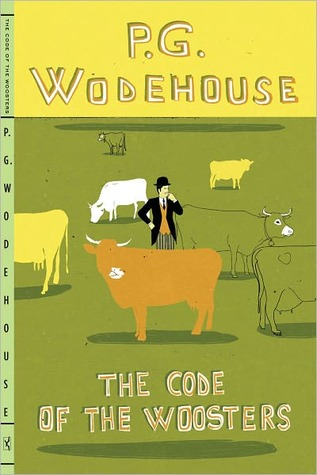


















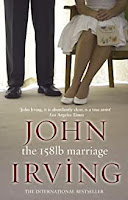


















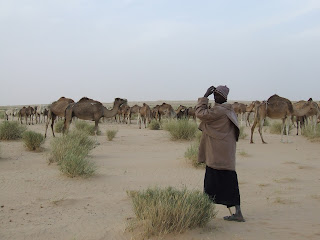



.jpeg)
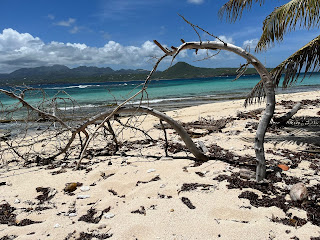
.jpeg)

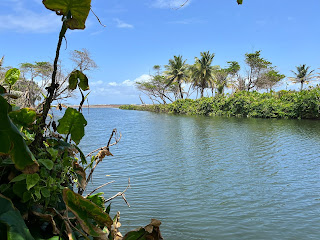










.jpg)